Description
1. Botanical Overview:
-
Botanical Name: Dypsis lutescens
-
Common Names: Areca Palm, Butterfly Palm, Yellow Palm, Golden Cane Palm
-
Family: Arecaceae (Palm family)
-
Native To: Madagascar
2. Physical Characteristics:
-
Appearance: Graceful, clump-forming palm with multiple slender stems growing from the base.
-
Fronds: Long, arching fronds with narrow, lance-shaped leaflets that resemble butterfly wings—hence the name Butterfly Palm.
-
Stem: Yellow-green canes that resemble bamboo, adding to its tropical aesthetic.
-
Height:
-
Indoors: Usually grows 6–10 feet tall
-
Outdoors (tropical climates): Can reach 20 feet or more
-
3. Light Requirements:
-
Ideal Light: Prefers bright, indirect light for best growth.
-
Tolerates: Some direct sunlight (especially morning sun), but too much can scorch the leaves.
-
Low Light: Can survive in moderate light, but growth will slow and leaves may lose vibrancy.
4. Watering Needs:
-
Watering Schedule: Water when the top 1–2 inches of soil are dry. Keep soil evenly moist, not soggy.
-
Avoid: Overwatering and poor drainage, which can cause root rot.
-
Water Quality: Prefers distilled or filtered water, as fluoride and salts can brown the leaf tips.
5. Temperature & Humidity:
-
Ideal Temperature: Grows well in 18–24°C (65–75°F). Avoid exposing it to temperatures below 10°C (50°F).
-
Humidity: Prefers moderate to high humidity. Mist the leaves or use a humidifier in dry indoor environments.
-
Note: Dry air and low humidity can lead to browning leaf tips.
6. Soil & Potting:
-
Soil Type: Use a well-draining potting mix, such as a mix for palms or one made with peat, perlite, and sand.
-
Potting: Choose pots with drainage holes to prevent water accumulation at the roots.
-
Repotting: Every 2–3 years, or when roots become crowded.
7. Fertilization:
-
Frequency: Feed every 2–4 weeks during spring and summer with a balanced liquid fertilizer.
-
Tip: Reduce or stop feeding in fall and winter when growth slows down.
8. Toxicity:
-
Pet-Friendly: Non-toxic to cats, dogs, and humans—safe for homes with pets or children.
9. Air Purification:
-
Recognized by NASA as an excellent air purifier.
-
Helps remove indoor pollutants like benzene, formaldehyde, and xylene, improving air quality.
10. Common Issues & Pests:
-
Pests: Watch for spider mites, mealybugs, or scale—especially in dry indoor conditions.
-
Leaf Browning: Can result from underwatering, low humidity, or salt build-up.
-
Solutions: Wipe leaves, mist regularly, and flush soil occasionally to remove salts.
11. Benefits:
-
Decorative Value: Adds a lush, tropical vibe to homes, offices, and lobbies.
-
Easy Maintenance: With the right light and watering, it’s a low-maintenance plant.
-
Natural Humidifier: Releases moisture into the air, helping with dry environments.

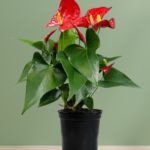

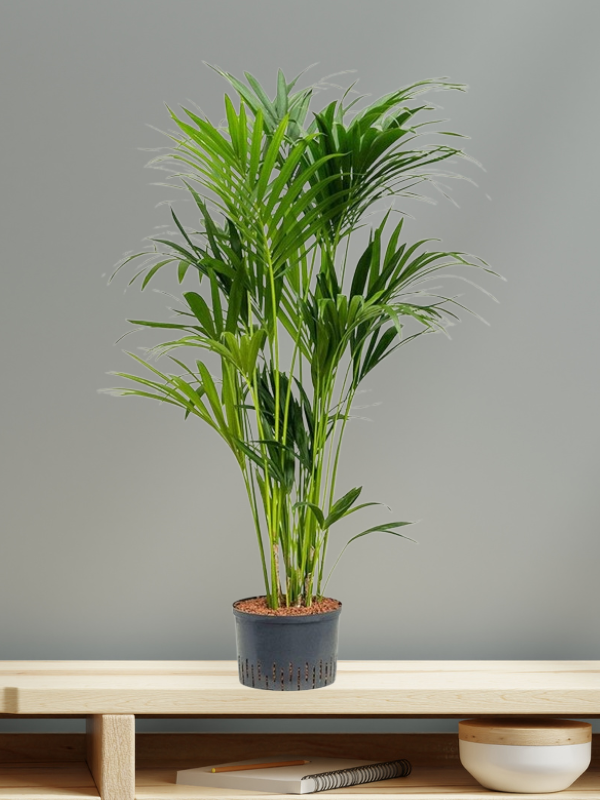



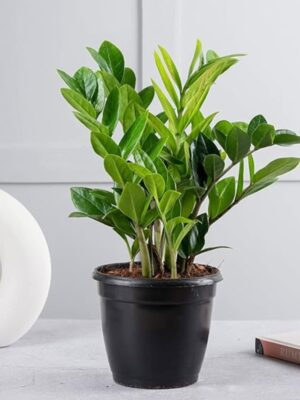
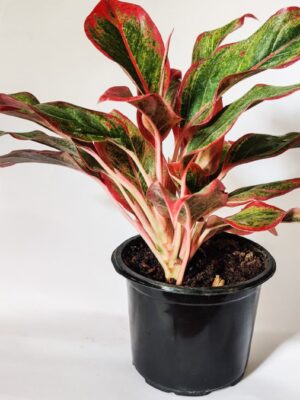

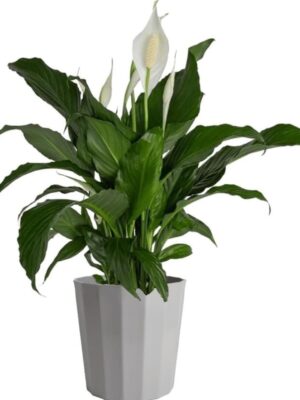
Reviews
There are no reviews yet.